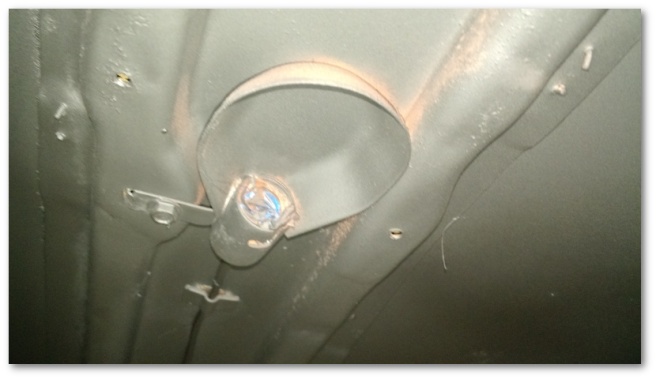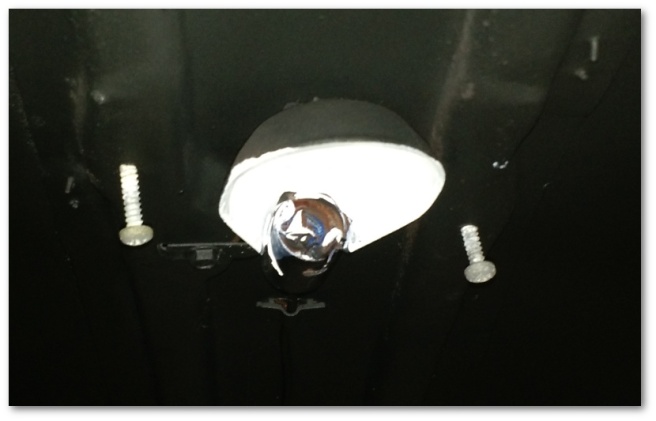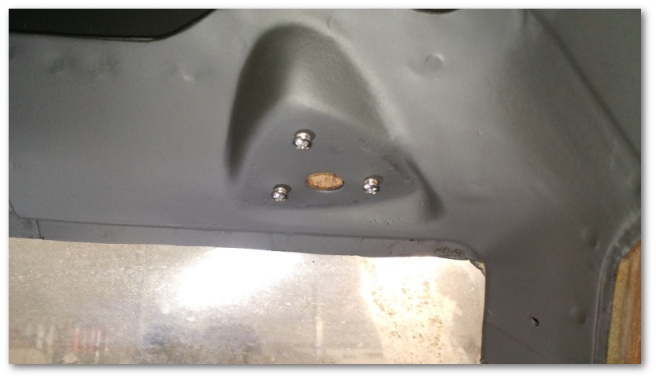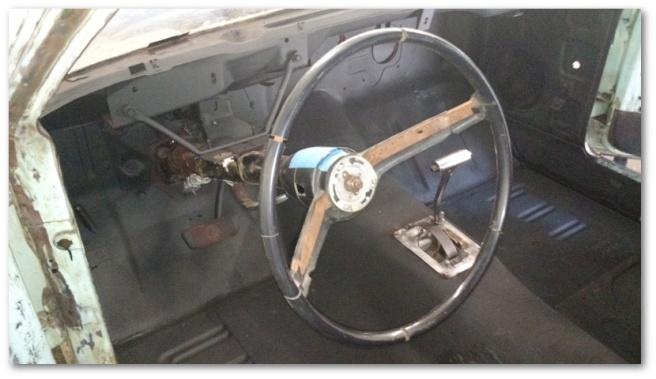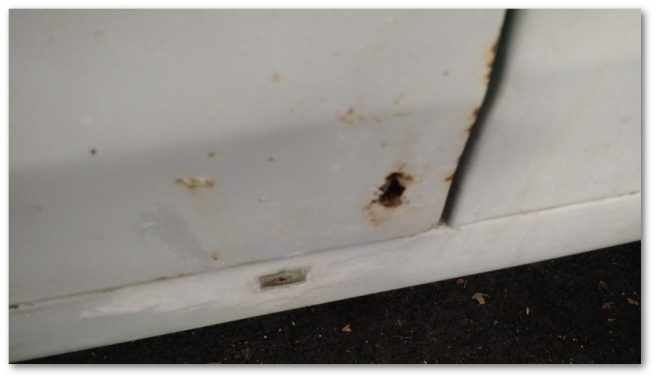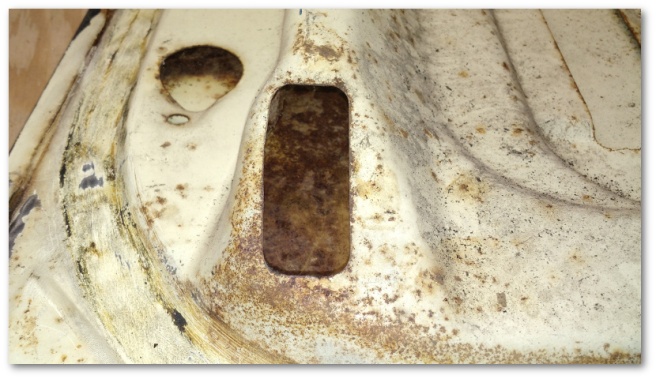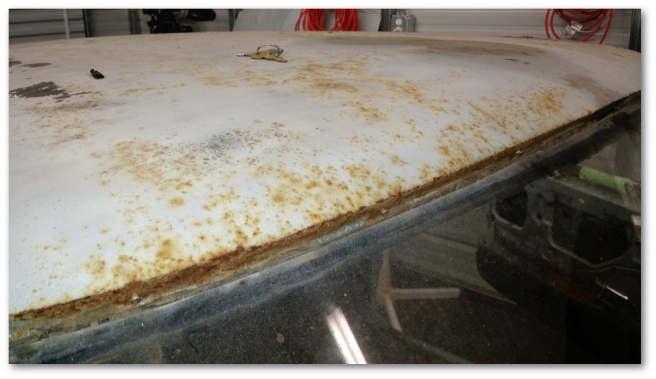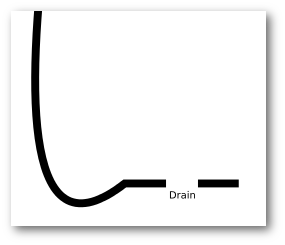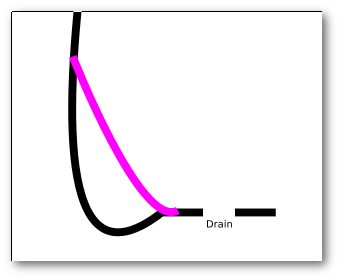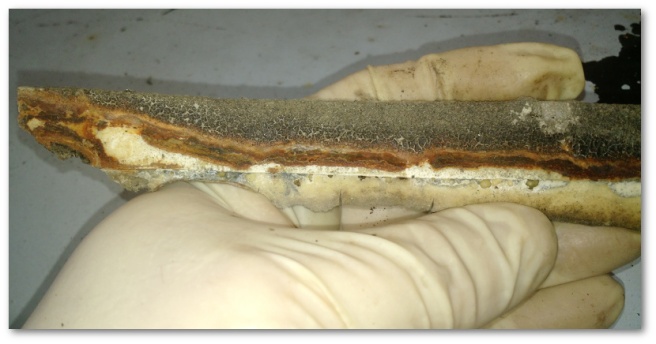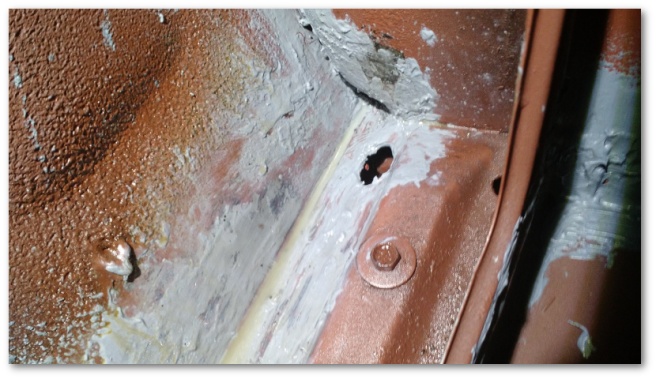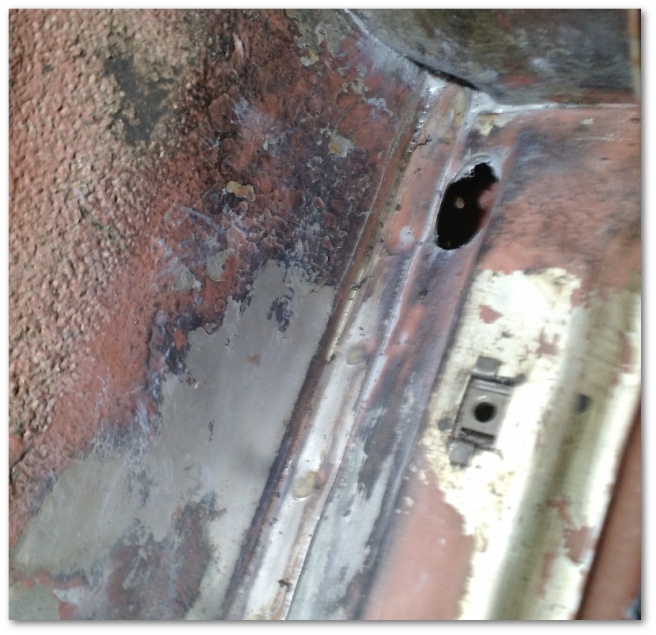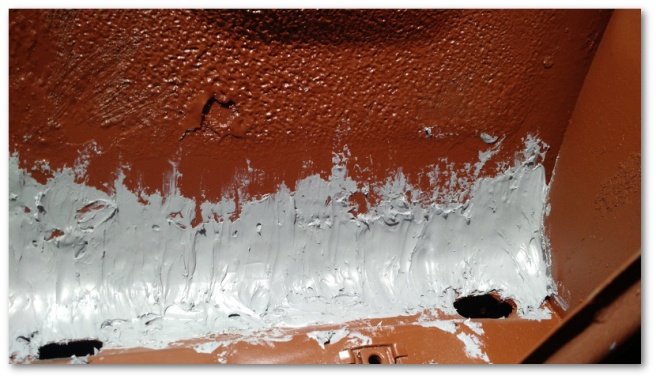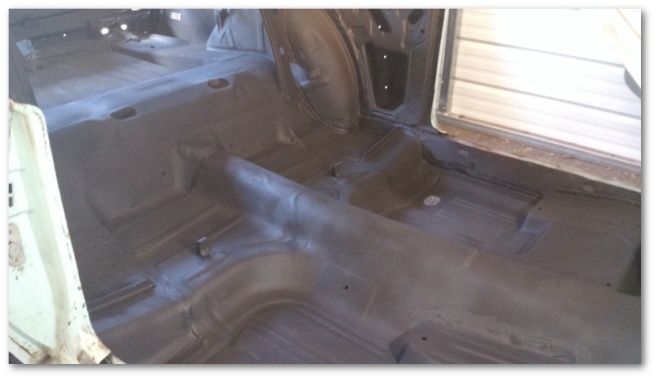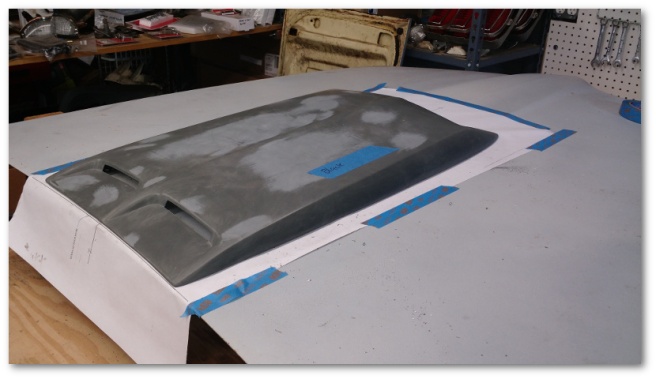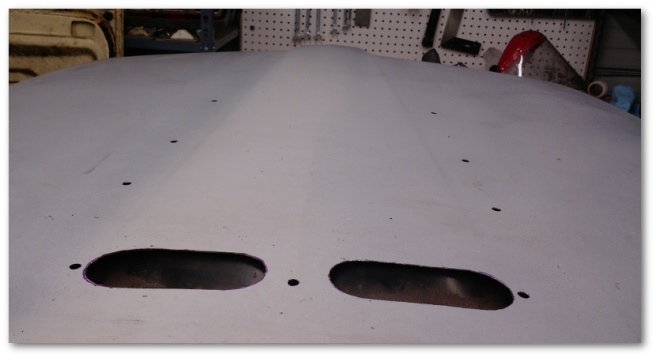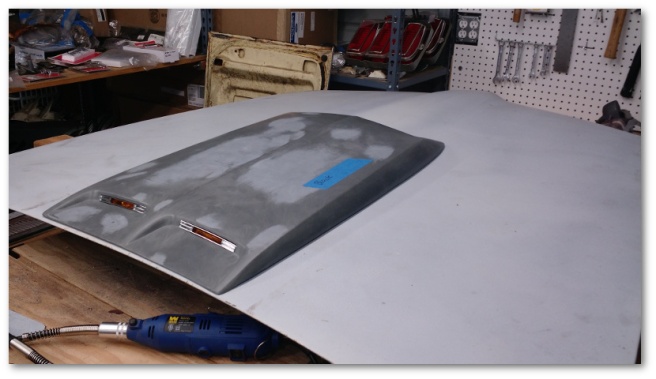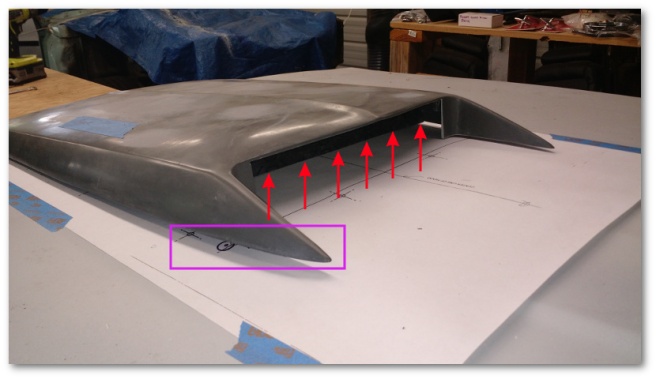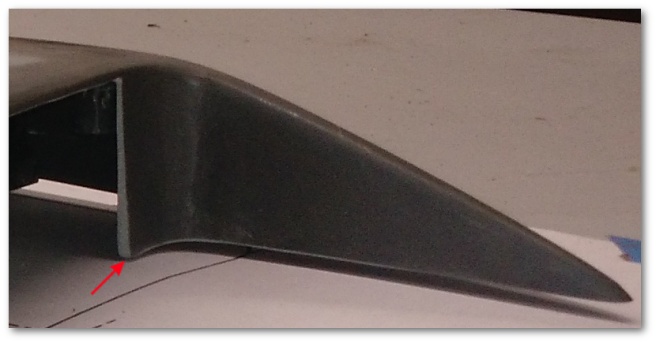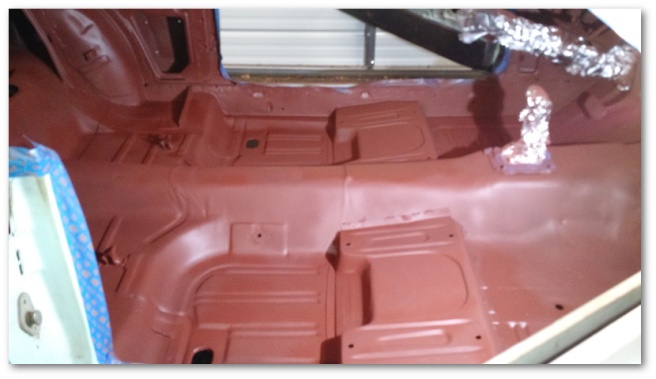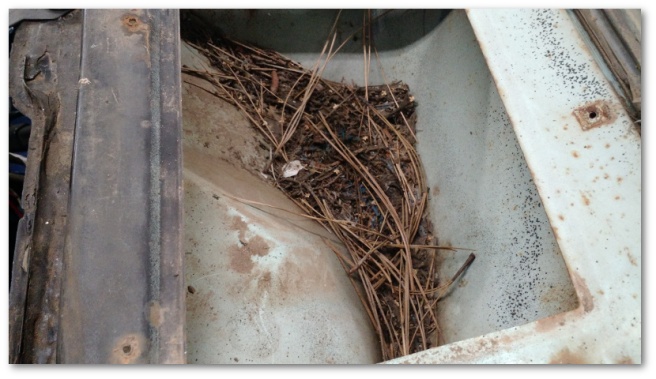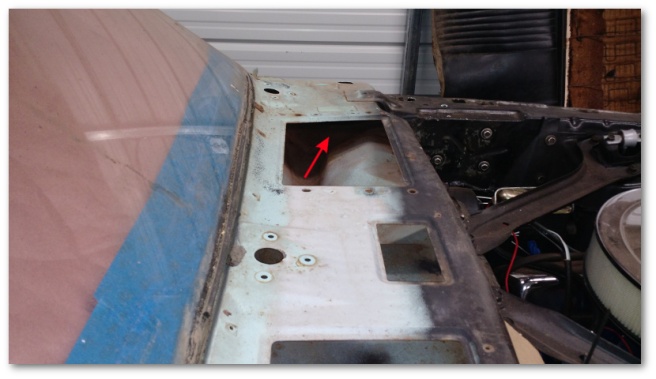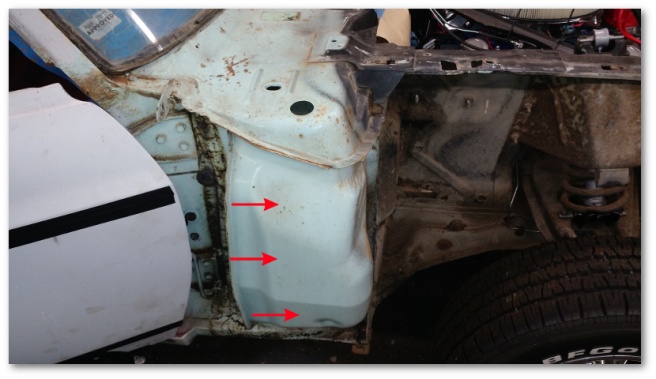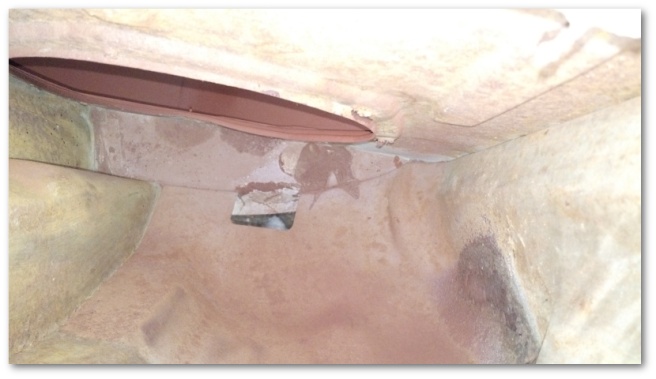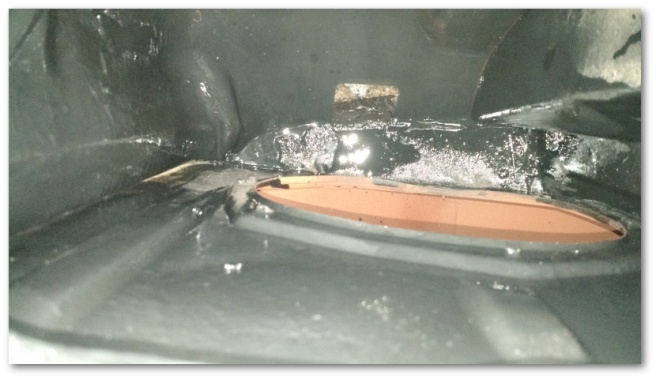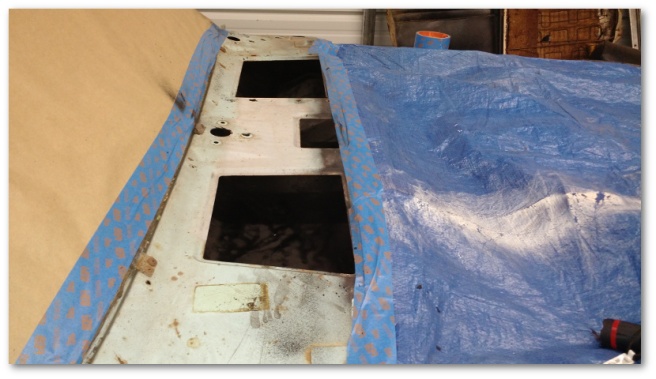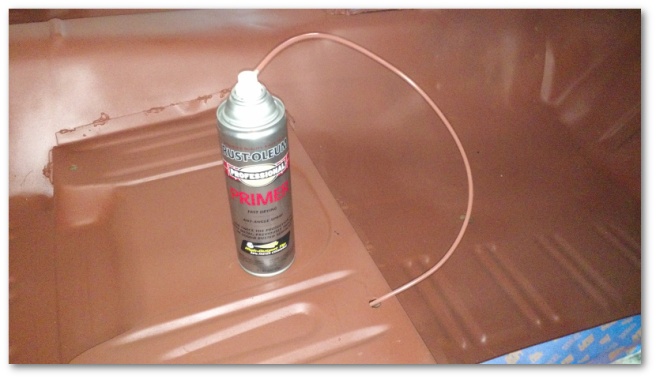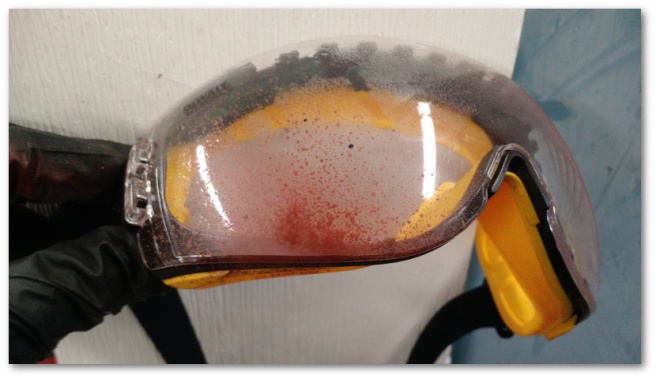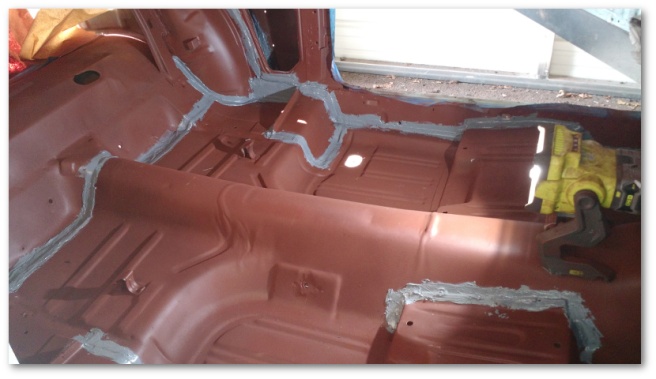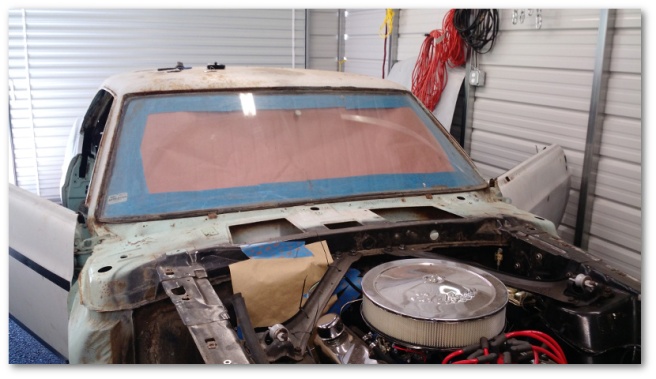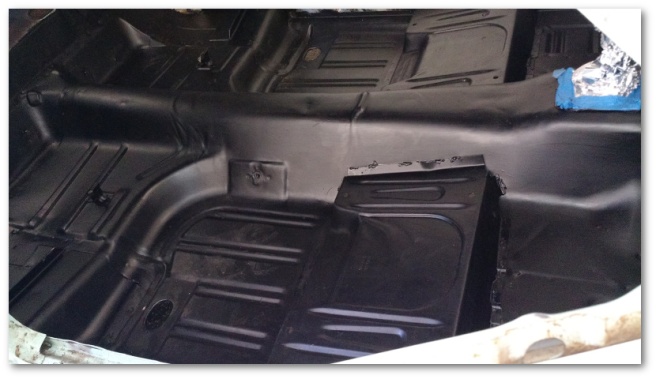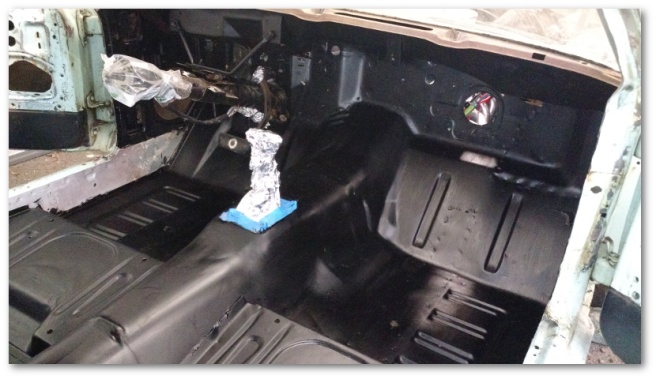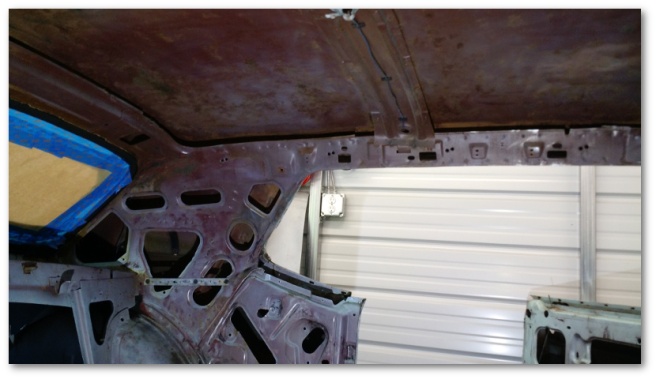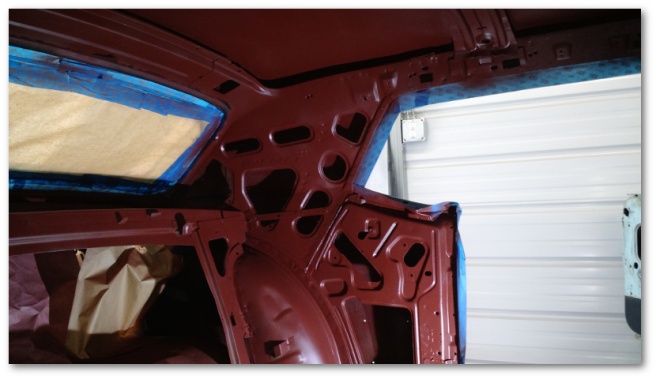I never did call the body shop back that said they’d “think about it and get back to me.” I figured if they wanted the job, they’d get back in touch with me and talk to me about it.
They never called. I guess they don’t want the job, and likely no amount of proposals on my part would change that. Que sera sera…
What I did do this week was visit one of the local automotive paint stores. I figured if anyone would know of a reputable body shop that would be willing to paint the Mustang, they would. Thankfully, I was right. They gave me the names of a couple of shops in town who they were fairly certain would be willing to take on my project.
One of the body shops they recommended was Dad’s Toy Shop in Grants Pass. I gave them a call and set up an appointment for the next morning to have them come out and take a look at the Mustang. They arrived right on time and I could immediately tell the difference in enthusiasm between these guys and the folks that visited last week.
We talked for a while and I showed them what they were up against. They told me that they give customers a fixed bid – and deliver to that bid exactly unless something goes spectacularly wrong. They then proceeded to give me a quote that was right at the max range of my budget.
Finally, someone willing to take on the paint and body work for the Mustang at a price I’m willing to pay! Woooo!!!
It gets even better, too. While talking to them the subject of what I do for a living came up. I told them I’m a software engineer who architects web sites. “Hey, we need a web site! Are you interested in some kind of barter arrangement?” You bet I am! We talked some more about what they’re looking for and it looks like I can knock about 10% off the price of my paint and body work by putting together a reasonably straightforward site for them with some marketing material and photo galleries of past projects. I think it’ll be a win-win!
The Mustang should head down to their shop tomorrow or Wednesday. It’ll be there for a while – they’re promising that it will be back by Christmas. That’s kinda a downer, but within reason for custom paint jobs as I understand it.
To get the Mustang ready for it’s journey, I took pretty much everything that was on the bottom stuff-to-be-painted shelf of my temporary shelving:
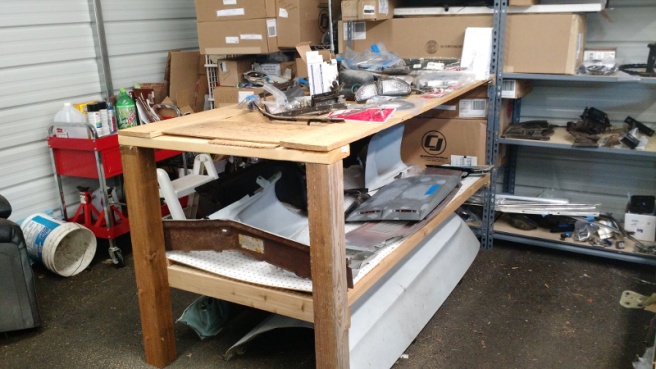
…and squeezed it into the car:
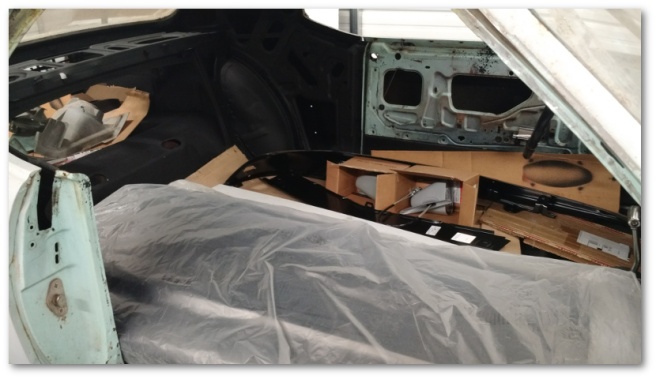
This left the stuff-to-be-painted shelf free of items, for all of 30 seconds.
Over the last couple of months, I’ve had my door glass and other items in a semi-precarious location on temporary shelving mounted on top of my utility trailer:
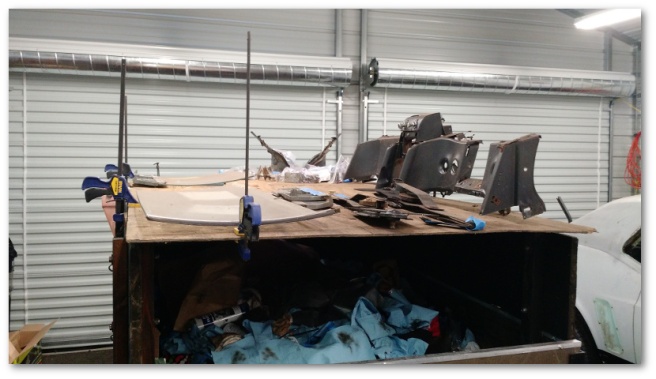
While the shelving and glass were actually well secured, it still gave me the flying willies walking past a shelf on wheels on an almost daily basis. As soon as the paint-shelf contents were safely stashed in the car, the glass shelf contents were re-located with a sigh of “whew, it didn’t break” relief:
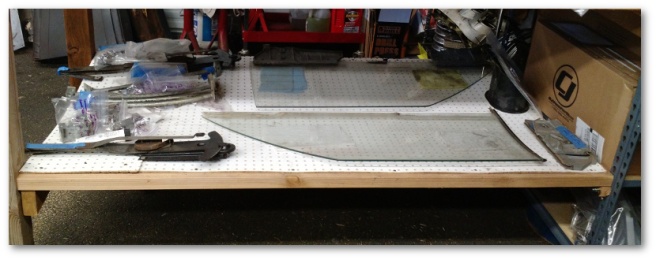
Since the Mustang is going to be gone for up to six months, I also decided to drain the gas tank. This didn’t go as well as it should have. The gas tank I purchased and installed last fall has a drain plug, but I’m wondering now if it was designed for show only. It would not come off. At one point, I got one of my socket wrenches so stuck on the plug that I had to use a compression puller to get it off. I decided another approach was in order.
I went down to the auto parts store to ask them if they had a gas siphoning system. Much to my surprise, they didn’t. However, the guy behind the counter used to work at an auto-body shop and told me about a trick he used to use all the time to siphon gas without having to suck the air out using your mouth.
What you do is insert a length of tubing into the gas tank and then cover the tubing with a cloth. You then slide an air gun attached to an air compressor through the cloth like this:

Once you press the trigger on the air gun, pressurized air is forced into the tank. This forces the gas up through the tubing – starting the siphoning process.
The trick worked really well. I was able to get maybe three quarters of the gas out of the tank before my compressor didn’t have enough capacity to start the siphon. Three quarters is enough that even if the gas in there isn’t in great shape around Christmas, I can mix it with good gas and end up with something that’ll be fine.
While the Mustang is gone, I’ll have a few things to keep me busy. I have a lower dash to restore and repaint. I also have some window glass to re-glue to their brackets. I also have a heater core to rebuild and some seats to reupholster.
I should be able to keep myself busy.

